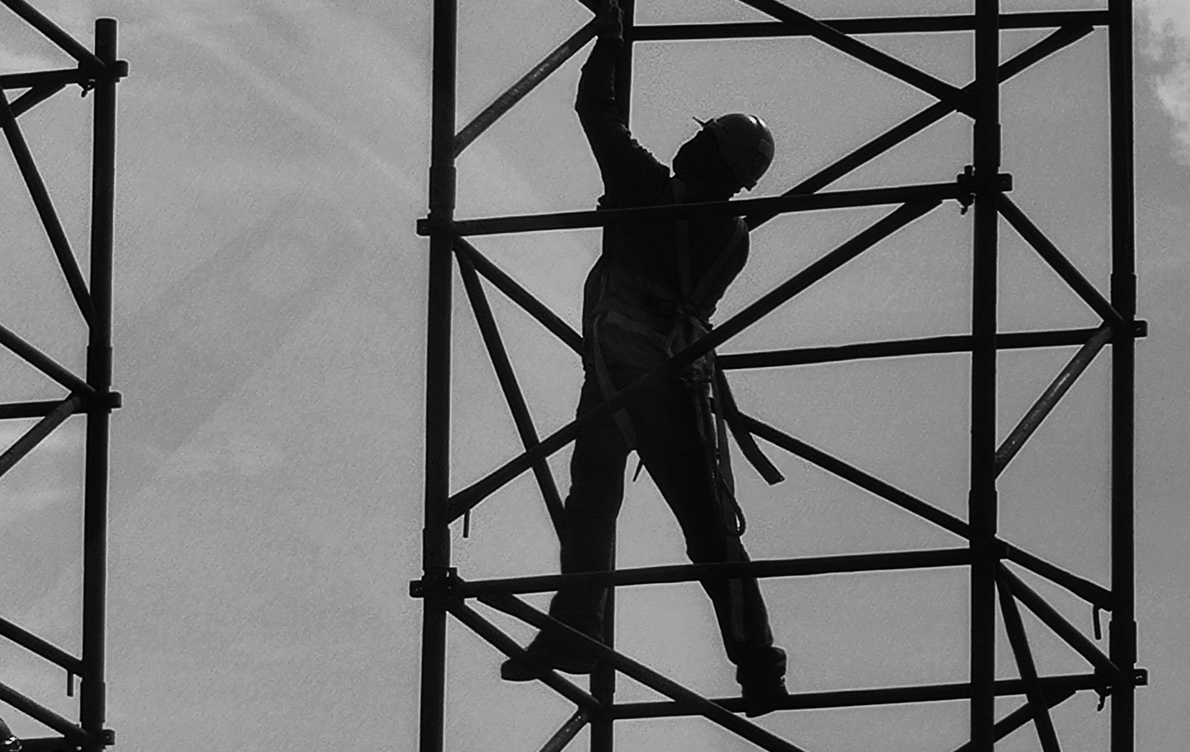Carbon Monoxide Detectors Now Required in Commercial Buildings in New York
An amendment to the Executive Law of New York State modifying the Uniform Fire Prevention and Building Code became effective on June 27, 2015, which now requires owners of existing commercial buildings to install carbon monoxide alarms or detection equipment in every commercial building and restaurant that: (i) contains any carbon monoxide source (including any garage or any other motor-vehicle-related occupancy); and/or (ii) is attached to a garage; and/or (iii) is attached to any other motor-vehicle-related occupancy. These requirements apply without regard to whether a commercial building is an existing commercial building or a new commercial building and without regard to whether a commercial building has been offered for sale. Carbon monoxide detection is not required in a commercial building that is: (a) classified, in its entirety, in Storage Group S or Utility and Miscellaneous Group U under chapter 3 of the 2010 Building Code of New York State; (b) occupied only occasionally and only for building or equipment maintenance; and (c) a canopy (as defined in the 2010 Fire Code of New York State).
An “existing commercial building” is a commercial building that was constructed prior to December 31, 2015. A commercial building is deemed to have been constructed prior to December 31, 2015, and deemed to be an existing commercial building, if: (i) the original construction of such commercial building was completed prior to December 31, 2015; or (ii) the complete application for the building permit for the original construction of such commercial building was filed prior to December 31, 2015. Mixed use buildings are also subject to this new requirement.
Carbon monoxide detection must be provided in each story of a building or “detection zone” in a building in which at least one of three triggering conditions exists, which include the presence of any carbon monoxide source (which include any appliance or equipment that may emit carbon monoxide, such as fuel fired furnaces and boilers; space heaters with pilot lights or open flames; kerosene heaters; wood stoves; fireplaces; and stoves, ovens, dryers, water heaters and refrigerators that use gas or liquid fuel), garages, and other motor vehicle related occupancies. If a detection zone is not within a “classroom” (which is broadly defined to include a place where classes are taught; or a room that is occupied or capable of being occupied by 6 or more persons (including students and teachers) at any one time), carbon monoxide protection is not required if: (i) such detection zone has ambient conditions that would, under normal conditions and with all required ventilation and exhaust systems installed and operating properly, activate the carbon monoxide detection devices that otherwise would be required in a detection zone, and an alternative safety plan for the building has been approved by the applicable governmental agency; or (ii) such detection zone is open (without sidewalls or drops) on 50% or more of its perimeter, and there is no occupiable area within such detection zone that is not open on at least 50% of its perimeter.
The NY State Fire Prevention and Building Code Council is responsible for developing criteria setting forth the manufacture, design and installation standards for these alarms and detection equipment.
Commercial building owners are being encouraged to install detection equipment in their buildings as quickly as practicable during a “transition period” between the effective date (June 27, 2015) and June 27, 2016. An owner will not be in violation during this transition period if it can provide to the applicable municipal agency a written statement certifying that the owner is making a good faith attempt to install detection equipment as quickly as practicable. The detection equipment must be fully installed and operational by the end of the transition period (June 27, 2016).
As the law continues to evolve on these matters, please note that this article is current as of date and time of publication and may not reflect subsequent developments. The content and interpretation of the issues addressed herein is subject to change. Cole Schotz P.C. disclaims any and all liability with respect to actions taken or not taken based on any or all of the contents of this publication to the fullest extent permitted by law. This is for general informational purposes and does not constitute legal advice or create an attorney-client relationship. Do not act or refrain from acting upon the information contained in this publication without obtaining legal, financial and tax advice. For further information, please do not hesitate to reach out to your firm contact or to any of the attorneys listed in this publication.
Join Our Mailing List
Stay up to date with the latest insights, events, and more





